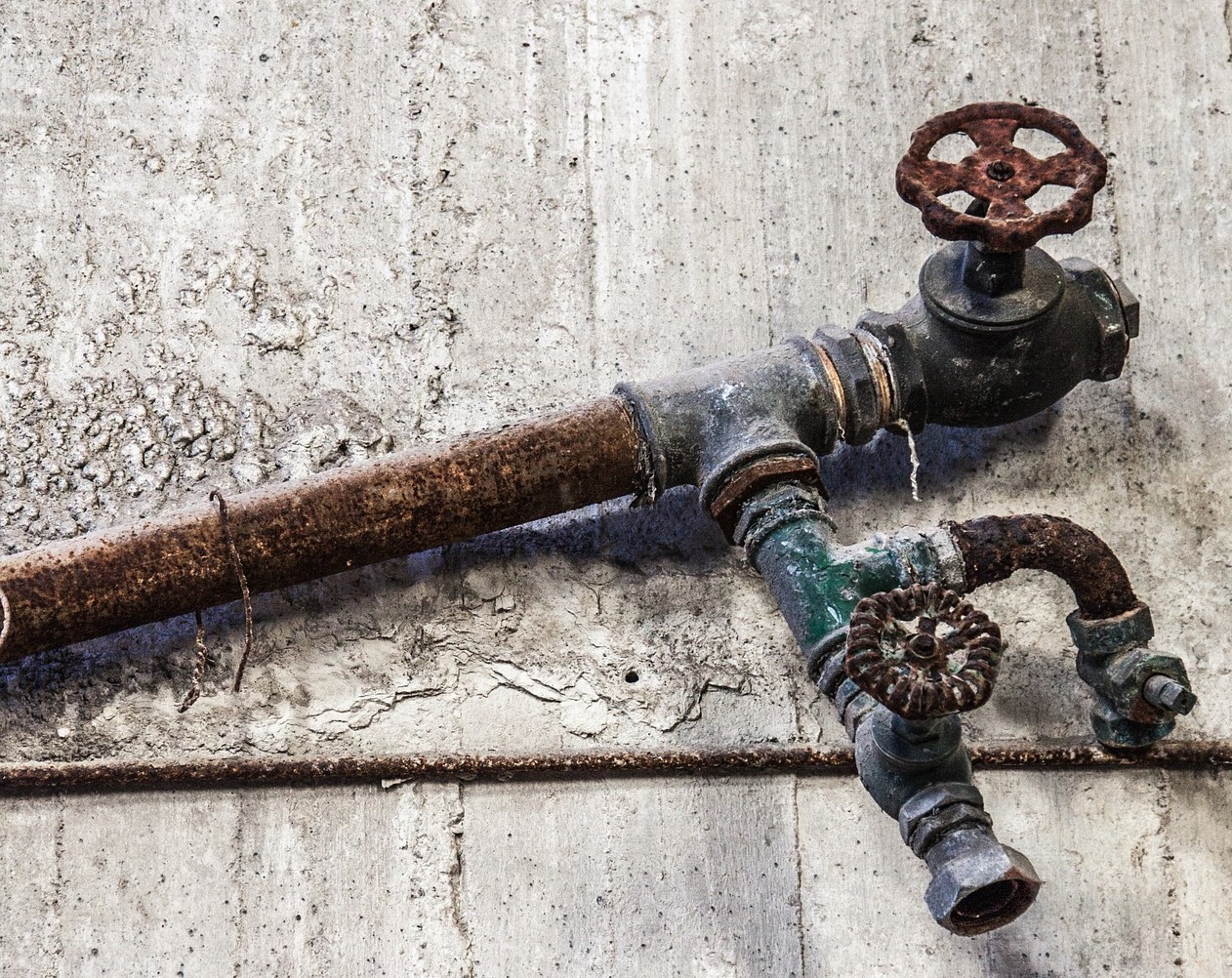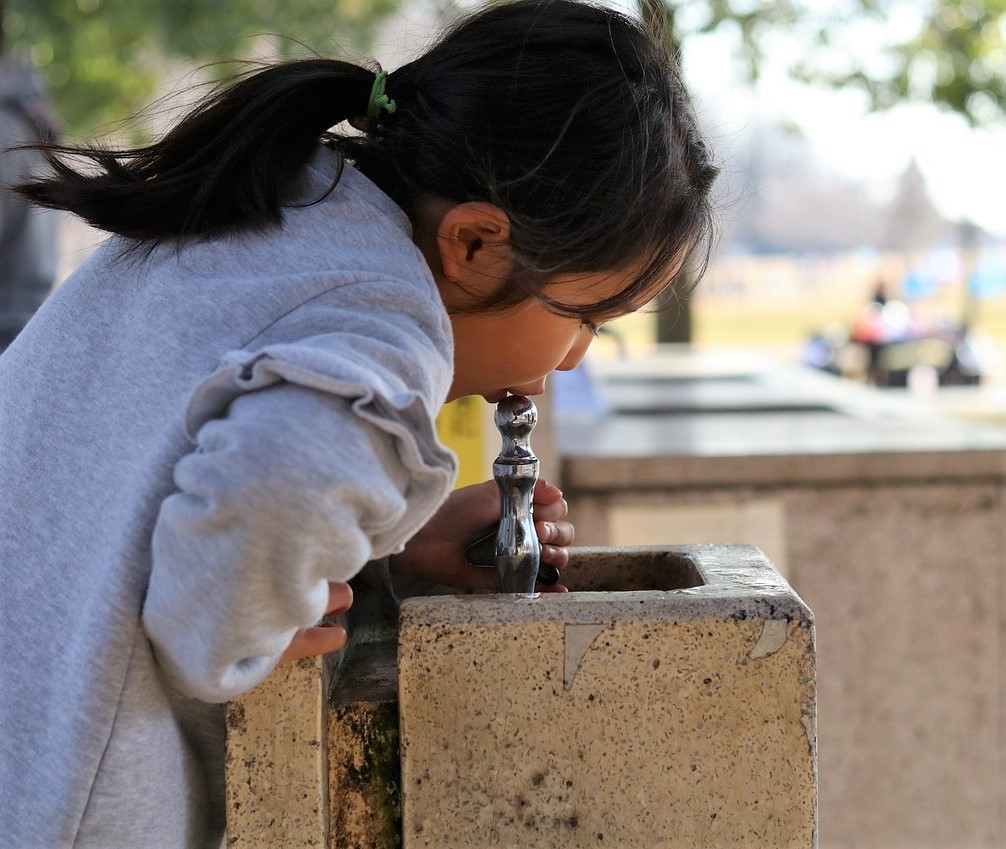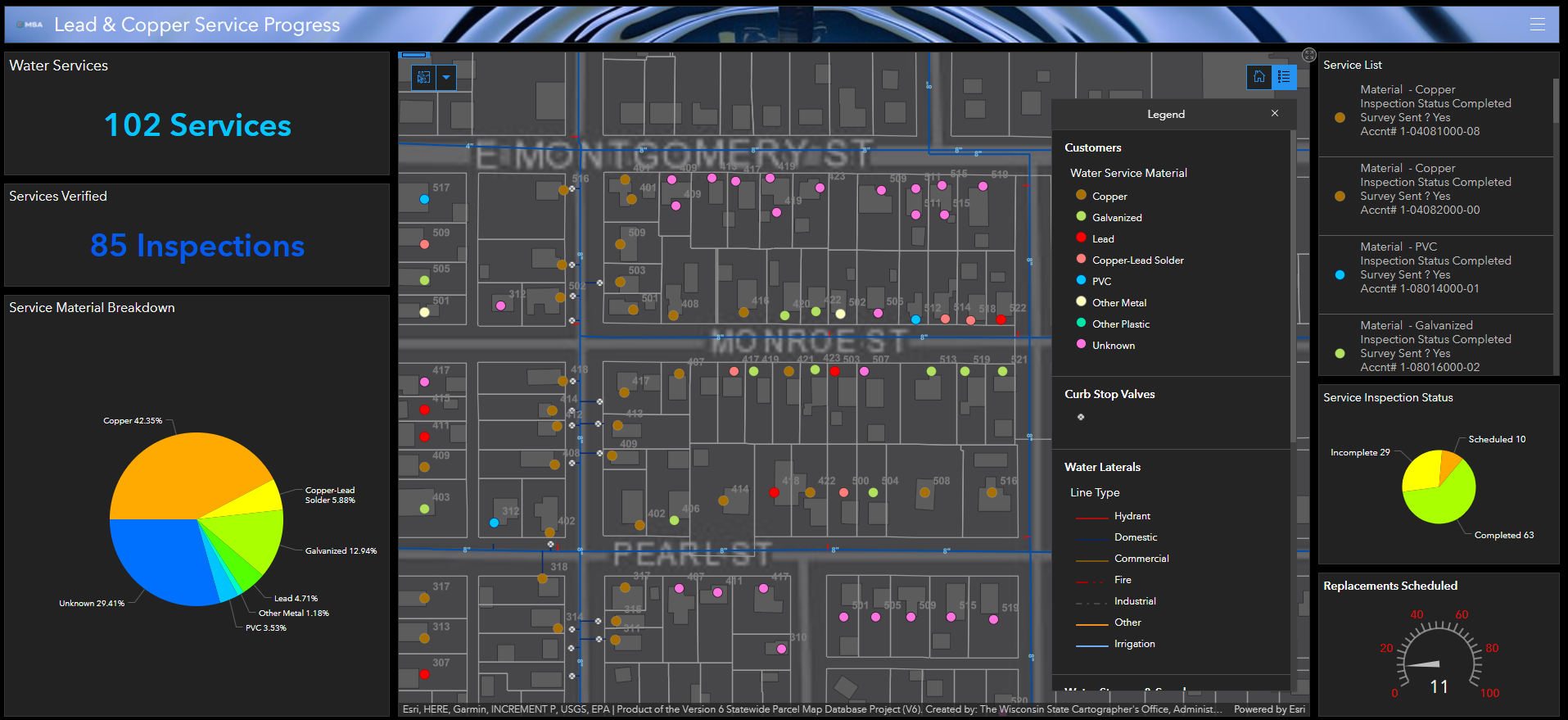The inventory and replacement of all lead service lines in America is now mandatory.
Revisions to the EPA Lead and Copper Rule from December 22, 2020, signify the first major updates to the rule in nearly 30 years. Contained in the new rule are updated requirements for lead testing and mitigation, the replacement of lead service lines (LSL) and managing corrosion control treatment. The new rule also fortifies testing in schools and child care facilities, helps remove lead from our nation’s drinking water supply and improves the lines of communication regarding potential risk. It applies to all community and non-transient, non-community public water supply systems in the country.
Inventory Requirements
The new rule requires a thorough inventory and catalog of all affected water systems — whether municipally or privately owned — to identify lead service lines (LSLs). This applies to residential, commercial, school and industrial systems. The inventory must be completed and submitted at the state level by October 16, 2024. Water systems that do have lead service lines must also submit an LSL replacement plan by that same date. The full results of the inventory must be publicly available and accessible. Further, utility companies will now be required to notify customers of any known or potential LSLs in their immediate area, with recommendations on how to reduce risk of exposure.

Improved Testing Requirements
More comprehensive testing of lead service lines is also a requirement of the new Lead and Copper Rule, which expands the sample site criteria from three to five tiers.
Lateral lines, which are frequently composed of lead pipes, connect tap water service to a home or building from a larger adjacent water main. New testing methods now require a “fifth liter” sample, which collects lead that may exist in the LSL and which may have previously been missed or underestimated by the four-liter sample requirement of the old standard. Scientists have found that the first four liters of water collected are likely to come from the internal plumbing of a building, but the fifth is more apt to capture any lead-compromised water coming from those lateral service lines. If no LSLs exist at a property, samples must be collected from other leaded plumbing. When an individual sample exceeds 0.015 mg/L (15 ppb), a follow-up sample must be collected as part of a find-and-fix process to identify the source and remediate the contamination.
An added trigger level has been set at 0.010 mg/L (10 ppb) that largely addresses system corrosion. Lead is known to corrode or leach from leaded plumbing as water flows through. Systems that test at this 10 ppb level with corrosion control treatment programs already in place will need to re-optimize their treatment processes. Systems that do not have a corrosion control treatment program established will now be required to conduct a corrosion control study to determine the best treatment approach.
Enforced LSL Replacement
With the new rule, communities should be prepared to replace at least a portion of their existing lead service lines if water sampling results are found to be above 15 ppb. If at least 10 percent of their sampling results surpass that 15 ppb mark, water utility systems will be required to fully replace at least 3 percent of their LSLs per year. Communities with questionable systems need to have a plan in place and must start replacing lines as soon as sample results prove necessary. In addition, as a change to the rule, partial lead service line replacements will no longer be allowed.
This marks a change from the prior rule, which had loopholes such that that only 1 percent of utilities replaced lead pipes as a result of reaching or exceeding an actionable level of contamination. The prior rule also allowed up to 48 months to pass before requiring the implementation of corrosion control measures after exceeding an action level of contamination.

Boosted Protection for Kids
The prior rule also failed to require testing at schools and in child care facilities, placing some of our most vulnerable citizens at risk. The new rule changes this. It now requires municipal water systems to sample 20 percent of both elementary school and child care facilities. It also requires annual sampling at secondary schools, if requested by the school department, for five years, and as requested thereafter.
Public Communication
The new rule also requires a more robust public communication campaign. Utility companies must notify customers within three days if drinking water samples are found to have concentrations of lead in excess of 15 ppb. They must also notify customers within 30 days if concentrations are found, but below the 15 ppb threshold. If an entire system is found to exceed the limit, all utility customers must be notified within 24 hours. This push for early notification will help users immediately reduce their exposure.
GIS for Lead Service Line Inventory
Municipal leaders and water service utilities should prepare now to position their systems for the new levels of testing and compliance, beginning with a complete inventory of their lead service lines.
An efficient means of conducting such an inventory is by utilizing GIS. GIS streamlines the identification and location of LSLs and organizes and analyzes the data for both reporting and public educational purposes. If a community already has a GIS system in place, it can easily be configured to help collect lead line information through a variety of GIS platforms. Investing in the comprehensive identification and mapping of lead services lines now can help communities with the first step of compliance with the new rule. A GIS platform also allows for both public facing and internal data management and visualization. Program progress and key metrics can easily be tracked and presented using numerous “dashboard” applications.

Funding Assistance
Communities have a variety of funding options to get started. The American Rescue Plan Act (ARPA) passed in March 2021 promises funding for drinking water and wastewater infrastructure, with a major focus on eliminating all lead pipes and services lines in our nation’s drinking water systems. Through the ARPA program, state and local governments will likely allocate even more lead replacement line dollars through the EPA’s Drinking Water State Revolving Fund (DWSRF). The USDA Rural Development Water and Waste Disposal Loan and Grant Program and Community Development Block Grants (CDBG) may also be sources of assistance. Furthermore, the proposed American Jobs Plan Act is expected to carry funding for the replacement of lead pipes and service lines, as well as other critical upgrades to the nation’s aging water systems.
The DWSRF and USDA-RD programs can assist with paying for the public side of a street or water service line improvement project. For the private service line sections, some states have lead service line replacement programs that can lend principal forgiveness funding for the replacement of lead service lines on private property. Program eligibility does vary per state, as do requirements for replacing either full or partial lines. Many agencies, for instance, will pay all or part, but only if the full line is replaced. In addition, some state regulatory agencies will permit utilities to set up incentive programs to assist owners. For private homes, funds such as the CDBG Small Cities Housing Program may (under certain circumstances) be able to assist individuals with replacement of household plumbing as a documented health and safety issue.
As always, MSA water resources, GIS, and funding experts are here to help and available to help communities navigate the new rule. Ask about our GIS-based systems to locate and organize water infrastructure data, and the tools we can provide to help communities plan for testing, replacement and funding of lead service line projects.
